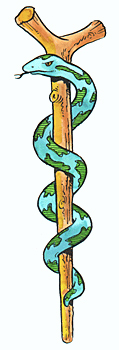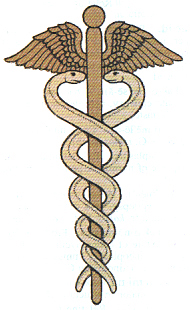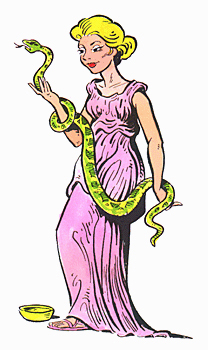They are part of the Viperidae family, that includes vipers, rattlesnakes, and moccasins.
This family contains about 180 species of medium-sized highly venomous snakes (Serpentes) and are typically terrestrial, nocturnal, feed on small mammals, and a few species are arboreal or fossorial [adapted for digging or burrowing].
They reproduce via oviparous or ovoviviparous.
2. Colubrid.
The reproduction of snakes are oviparous (egg-laying and hatching outside the body) or ovoviviparous (producing living young from eggs that hatch within the body).
Why are snakes sometimes called "serpents"? Because they creep or sneak around; as indicated by the Latin origin serpere, serpens, "to creep".
2. A treacherous person who is cold-blooded: Alan's cousin was considered to be a snake in the grass and untrustworthy.There are those who are considered to be snakes because they exploit their positions of trust in order to betray other people.
Throughout the centuries, people have had various responses to snakes.





The above images represent medical organizations based on the Greek god Aesculapias who healed people.
More information about the medical relationships to snakes is located in the two sections about Aesculapias.

Then there are those who really like snakes OR have a severe fear of them; as illustrated in the above image.

Tentacled snakes are sluggish and nocturnal, and they hunt by lying in weed-choked water, waiting for prey to swim by.
A female tentacled snake gives birth to 5-13 live young ones underwater.
